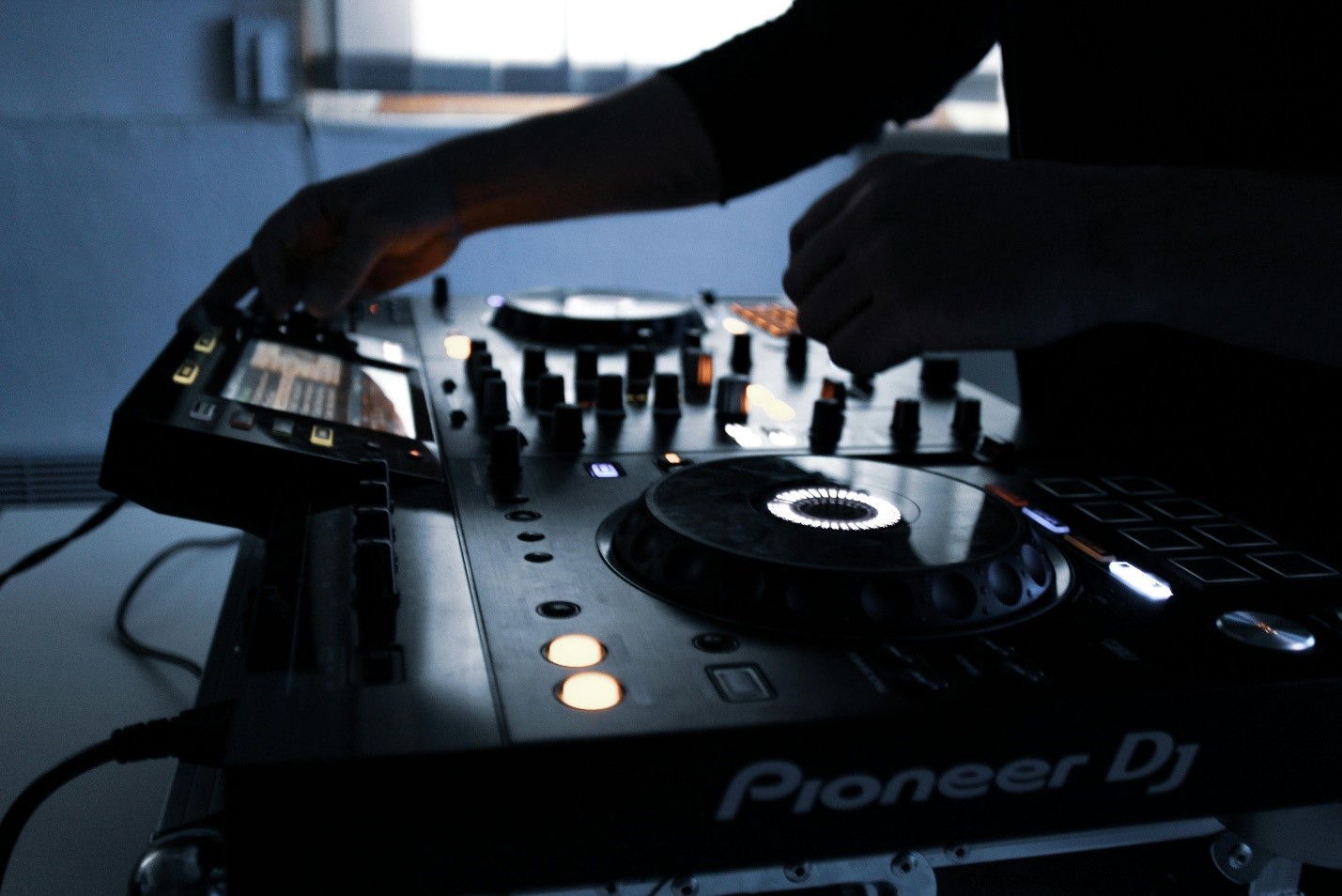From Hustle to Harmony: Benjy Grinberg Discusses How Hip-Hop Artist Development Is Shaping the Global Music Scene
In the dynamic landscape of the global music industry, hip-hop has emerged as a dominant force, transcending its origins to influence diverse cultural spheres worldwide. In this article, expert Benjy Grinberg will explore the pivotal role of artist development in catapulting hip-hop artists from underground scenes to global stardom.
Hip-Hop’s Evolution
Hip-hop was born in the 1970s as a form of expression for marginalized communities and quickly gained momentum, transcending its humble beginnings. Its early influencers – DJs, rappers, graffiti artists, and breakdancers – cultivated a vibrant culture that spread like wildfire.
What started as block-party entertainment has evolved into a multi-billion-dollar industry that influences fashion, language, and politics. The global spread of hip-hop is not just an achievement in music; it’s a cultural phenomenon that reflects society’s evolving narratives.
Artist Development in Hip-Hop
Benjy Grinberg believes the pathway to success in hip-hop is as diverse as the genre itself. Unlike traditional music genres, which rely on mainstream media and record labels for artist development, hip-hop has always found unique channels for self-expression. Independent labels have played a crucial role, giving artists creative freedom and control over their music.
In recent years, social media and streaming platforms have revolutionized how hip-hop artists connect with fans, offering direct access to a global audience without intermediaries.
Emerging artists now have the tools to create, distribute, and promote their music independently. Platforms like SoundCloud, Spotify, and YouTube have changed the game, enabling viral sensations and fostering communities around niche hip-hop subgenres. This democratization of music production and distribution has led to a more diverse and vibrant artistic landscape.
Global Impact of Hip-Hop Artist Development
The global impact of hip-hop is evident in its ubiquity. From South Korea’s booming K-hip-hop scene to France’s gritty banlieue raps, hip-hop speaks a universal language of resistance, resilience, and empowerment.
Successful artists like BTS, Stormzy, and Bad Bunny highlight hip-hop’s ability to transcend cultural and linguistic barriers. These artists, each with their unique blend of local and global influences, underscore the power of hip-hop to foster a cross-pollination of ideas and sounds.
Case studies of artists such as Kendrick Lamar and Cardi B reveal how individual stories of struggle and success resonate globally, inspiring a new generation of performers. The strategic use of social media storytelling and authentic and relatable content has propelled many hip-hop artists from obscurity to international stardom.
The Role of Collaboration in Hip-Hop
Collaborations have always been a staple in hip-hop. Through collaborations, artists can blend styles, cultures, and ideas, leading to groundbreaking tracks that push the genre’s boundaries.
These partnerships often result in a wider reach, as fans from each artist come together, introducing their music to potentially untapped audiences. Collaborations go beyond mere musical tracks; they are a form of networking and marketing, providing mutual benefits regarding exposure, credibility, and creative growth.
According to Benjy Grinberg, the digital era has made these collaborations easier and more impactful. With access to global communication platforms, artists can now collaborate with peers from around the world without the constraints of geography.
This global networking fosters cultural exchange and contributes to the fusion of musical styles, creating a richer, more diverse hip-hop landscape. Collaboration in the digital age transcends traditional barriers, allowing for more innovative and inclusive works that reflect society’s dynamic nature.
By uniting diverse voices and experiences, collaborations in hip-hop highlight the genre’s commitment to community and mutual uplift. This aspect of artist development enriches individual careers and strengthens the hip-hop community, championing a collective approach to success in the music industry.
Influence of Digital Media and Technology
Digital media and technological advancements have profoundly influenced hip-hop, reshaping artist development and music distribution. With the proliferation of social media platforms and digital streaming services, barriers to entry in the music industry have significantly lowered, enabling independent artists to gain visibility and build a following without traditional gatekeepers.
Digital tools and software have also revolutionized music production, allowing high-quality recordings to be made in home studios, further democratizing the production process.
This digital landscape has altered how music is made and shared and how fans interact with artists and their work. Fan communities thrive on platforms like Instagram, Twitter, and TikTok, where artists can share behind-the-scenes content, engage directly with their audience, and tease new releases. Viral music challenges and trends on social media have led to unprecedented exposure for emerging artists, sometimes catapulting them to fame overnight.
Challenges and Opportunities
Despite its successes, the hip-hop industry faces challenges. Market saturation, copyright issues, and the constant need for innovation pose hurdles for emerging talents. Additionally, the move towards digitization, while beneficial in many ways, has also led to concerns over financial sustainability and artists’ rights.
However, these challenges also present opportunities. Advances in technology continue to open new avenues for creativity, collaboration, and community-building. Furthermore, hip-hop’s global nature allows artists and producers to cross cultural boundaries, experimenting with new sounds and messages that reflect an increasingly interconnected world.
Final Thoughts
Hip-hop’s journey from the streets of New York to the global stage is a story of transformation and influence. The development of hip-hop artists, driven by innovation, individualism, and inclusivity, continues to shape the music industry. By fostering voices from diverse backgrounds, hip-hop remains at the forefront of cultural and musical evolution, proving its enduring appeal and impact.
As we look to the future, the ongoing development of hip-hop artists will undoubtedly continue to influence the global music scene in profound ways. For aspiring artists and industry stakeholders, the message is clear: adapt, innovate, and remain true to the spirit of hip-hop. The world is listening.
Whether you’re a devout hip-hop fan or a curious newcomer, the evolution of this genre is a fascinating lens through which to view the changing landscape of global music. And for those looking to make their mark, the opportunities within the hip-hop industry are boundless. The stage is set for the next wave of artists to leave their imprint on this dynamic and evolving genre.


